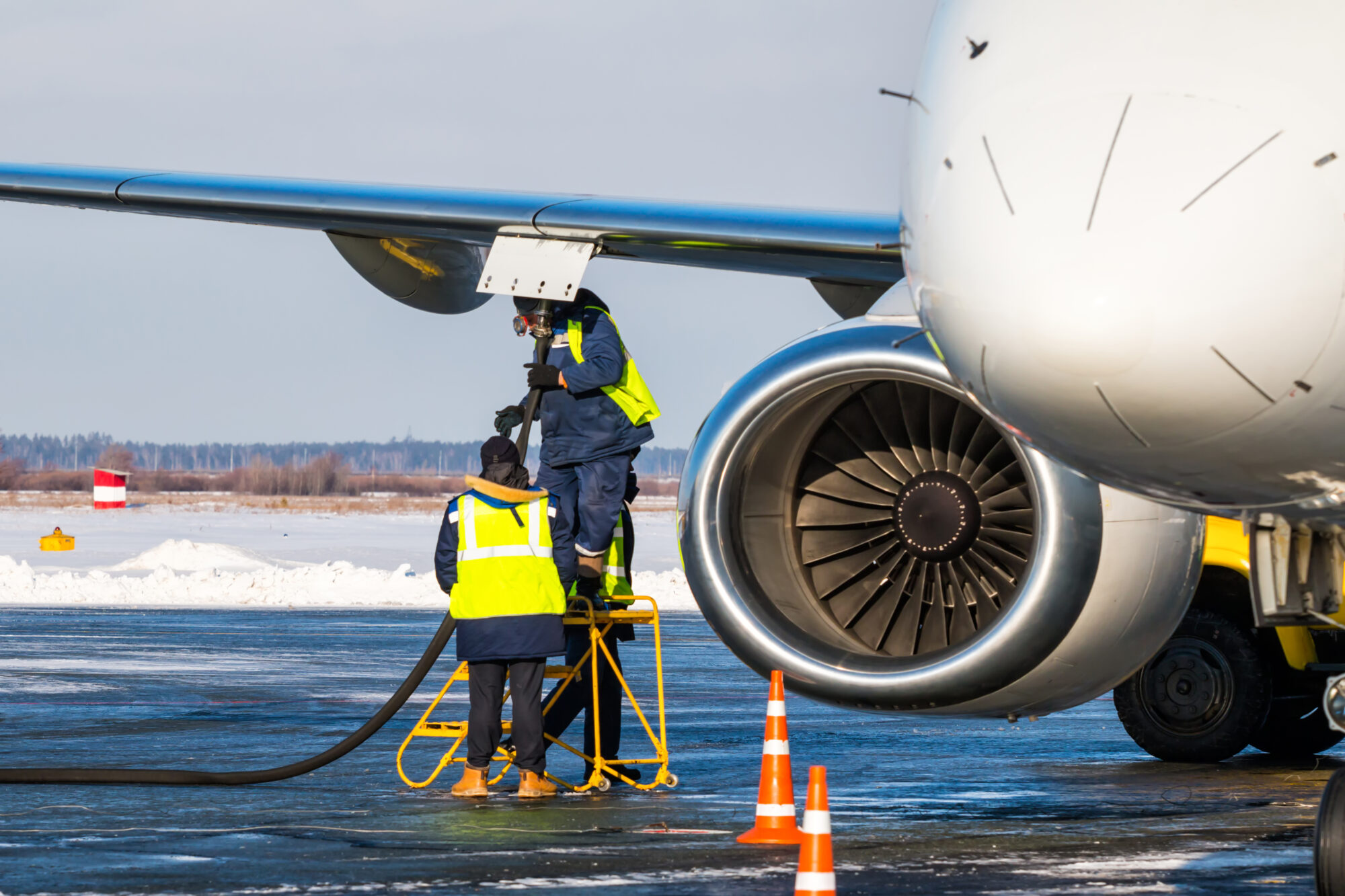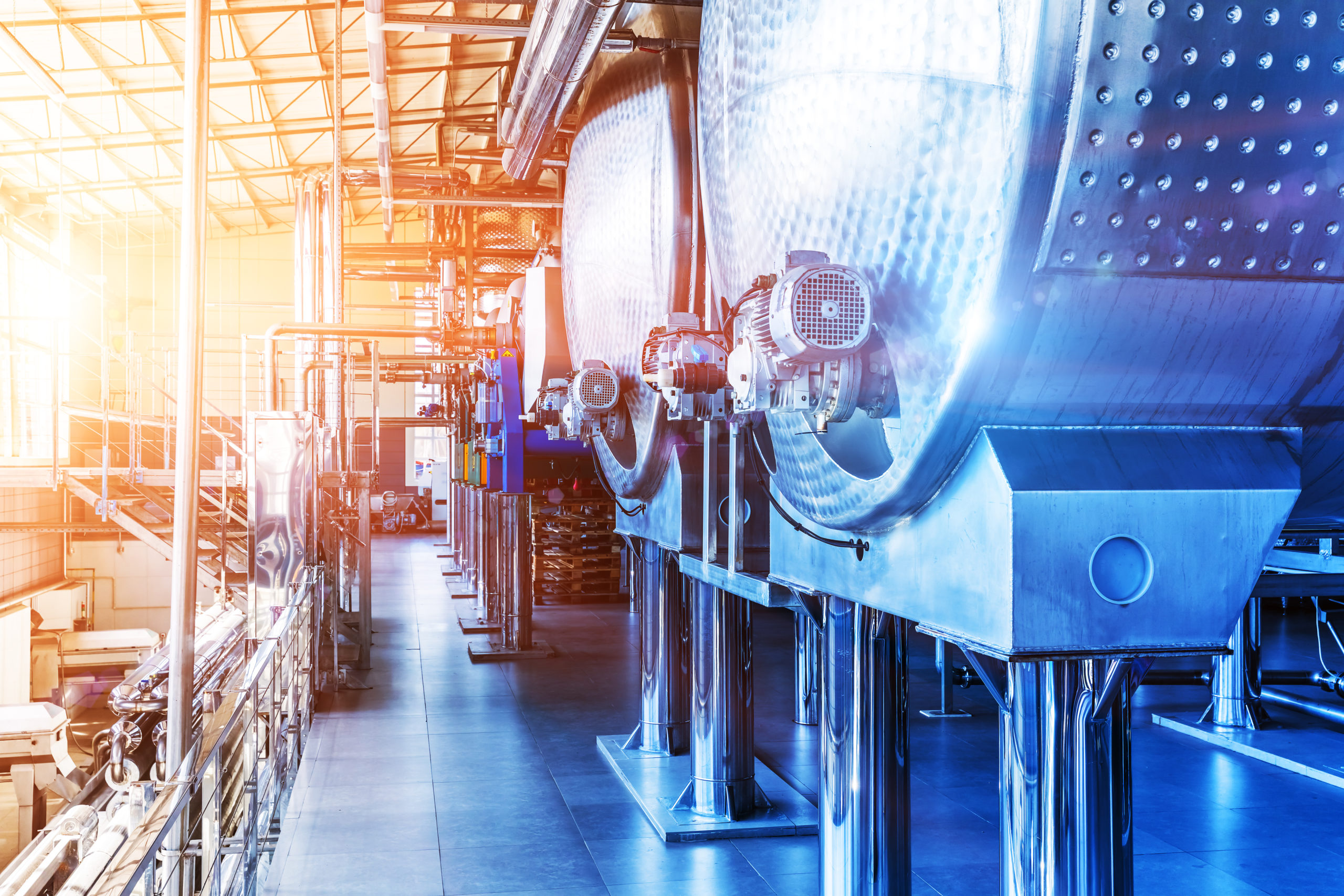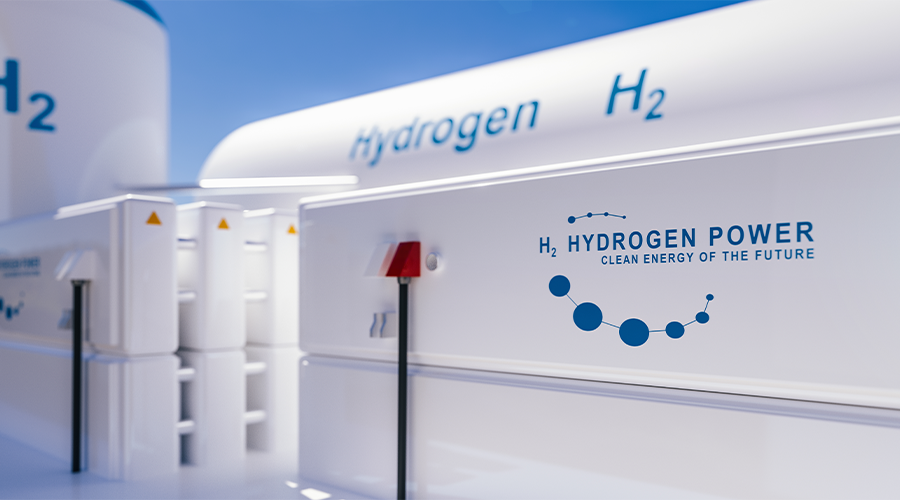Growing the UK Sustainable Aviation Fuel supply chain
A showcase of regional industrial clusters
The data to inform this analysis is not exhaustive but representative to inform decision making around sourcing expertise or capability along the SAF supply chain. By mapping out the site of planned production facilities and supply chain capabilities, the analysis can create regional clusters.
Your browser may be blocking third party cookies, to view embeded content you will need to allow third party cookies.
Distribution of SAF Facilities across UK Regions
To produce SAF, various components need to work together from availability of feedstocks to blending the synthetic component into fossil jet. The top regions with the highest number of SAF supply chain organisations are:
- London [41 org., 17.6% of total],
- South East England [29 org., 12.4% of total],
- Yorkshire and the Humber [26 org, 11.2% of total],
- East of England [26 org, 11.2% of total], and
- North West England [25 org, 10.7% of total].
Data on confirmed SAF production facility locations was collected from publicly available information and mapped. The following regional clusters have been highlighted as the two regions with the highest concentration of both planned and operational SAF facilities, in total accounting for over half of the total number of SAF facilities in the UK SAF supply chain:
- Yorkshire and the Humber [9 facilities, 28.1% of total], and
- North East England [8 facilities, 25.0% of total].
Your browser may be blocking third party cookies, to view embeded content you will need to allow third party cookies.
Main Technologies and Services Supporting the UK SAF Supply Chain
Data from a variety of technologies and capabilities across the supply chain was collected, though not exhaustive, the largest share of the SAF supply chain consists of the following capabilities:
- Petroleum Infrastructure [54 org., 18.4% of total],
- SAF Facility [37 org., 12.6% of total],
- Technology Provider [30 org, 10.2% of total],
- Commercial and Legal Services [29 org, 9.9% of total], and
- Feedstock Provider [25 org, 8.5% of total].
Whilst technologies and provision of services to create UK SAF industry are constantly growing, this analysis highlights some of the most common types of services or technologies on offer across the supply chain:
- Storage [48 org., 16.3% of total],
- FT [24 org., 8.2% of total],
- EPC [21 org, 7.1% of total],
- Hydrogen Supplier [16 org, 5.4% of total], and
- Jet Fuel Supplier [13 org, 4.4% of total].
Your browser may be blocking third party cookies, to view embeded content you will need to allow third party cookies.
Share of Key Feedstocks in the UK SAF Supply Chain
The availability of, and access to feedstocks is critical to growing the UK SAF industry. The UK SAF production facilities currently confirmed utilise a variety of feedstocks from municipal waste to industrial gases. To ensure a growing supply of SAF, a range of domestic feedstocks will be required with the top five feedstocks according to number of organisations, are:
- CO2 & Hydrogen [14 org., 19.7% of total],
- MSW [14 org., 19.7% of total],
- CO2 [10 org, 14.1% of total],
- Biomass [6 org, 8.5% of total], and
- Biogas [4 org, 5.6% of total].
Your browser may be blocking third party cookies, to view embeded content you will need to allow third party cookies.
Next Steps and Engagement
Organisations wishing to be included in the SAF capability map can contact us on safenquiries@iukbc.org.uk with their organisation name, capability description, website, and postcode.
Our Experts
Related programmes

Sustainable Aviation Fuel Innovation Programme
Accelerating the development of UK’s SAF industry and enabling UK Government to achieve 10% SAF in the UK jet fuel mix by 2030. By fostering innovation and collaboration across industry, the SAF IP is building the supply chain, enabling new fuel development and demystifying the SAF landscape.

Hydrogen Supply Chain Directory
This directory shares the details of those who are currently producing, storing, transporting, and using hydrogen. It also showcases solutions-providers who may be able to help these end users meet their hydrogen targets. Innovate UK Business Connect can facilitate knowledge transfer and introductions for users of the directory.

Sustainable Chemicals Innovation Network
Bringing together industry and innovators to reimagine carbon and defossilising the UK Chemicals industry for a cleaner future and a robust UK chemicals economy/ to drive economic growth for the UK.
Chemistry sector
By 2050 our industry will have embraced a circular economy and be using different feedstocks, technologies and energy sources to produce chemicals. The Innovate UK Business Connect Chemistry team can help you navigate these changes and identify innovation that will ensure your business, research or service remains sustainable.







